More Than Skin Deep
The disease chytridiomycosis looms over the world’s amphibians like a grim reaper. Along with habitat loss, pollution, and other problems, this fungal infection is a central reason one third of Earth’s amphibians are threatened with extinction. Chytridiomycosis began killing amphibians in the 1980s, baffling scientists who had yet to name it. It has since hammered species in Australia, the Americas, Europe, Africa, and Asia.
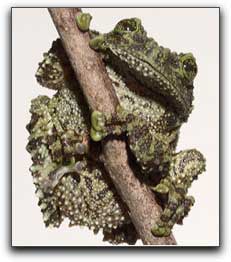
When it struck blue poison dart frogs and other species at the Smithsonian’s National Zoo in the 1990s, former Zoo pathologists Don Nichols and Allan Pessier worked with fungus specialist Joyce Longcore of the University of Maine to isolate and describe the mystery pathogen.
Nichols had studied it since 1991, after seeing diseased tissue samples from Arroyo toads while working for the National Institutes of Health. He consulted experts in algae and single-celled animals called protozoa, but the pathogen was neither. The Zoo outbreak allowed him and Pessier to examine fresh samples of the infection under the microscope. It looked like fungus. Longcore confirmed their suspicions and helped describe the new species (in a new genus), which they named Batrachochytrium dendrobatidis in 1999.
Read full story at Smithsonian Zoogoer (March/April)
Kirtland Peterson
About this entry
You’re currently reading “More Than Skin Deep,” an entry on Frog9
- Published:
- 03/15/2009 / 3:45 pm
- Category:
- amphibians, extinction, frog, frogs, fungus (chytridiomycosis), ranavirus, research, save the frogs, toad, virus, zoo
- Tags:
- amphibians, aquarium, chytrid, extinction, FONZ, frog, frogs, fungus, research, save the frogs, zoo
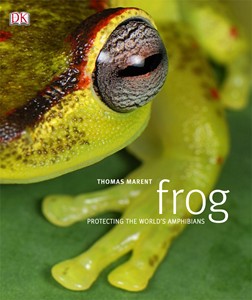


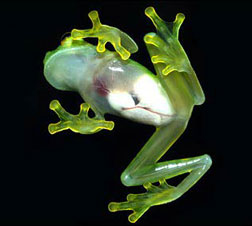
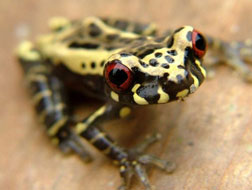
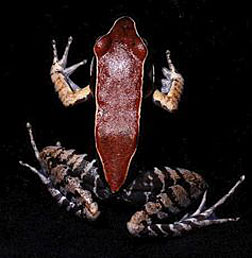
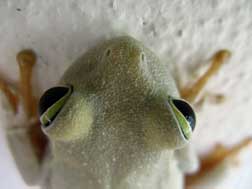
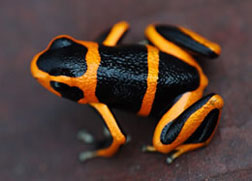
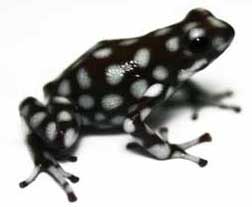

No comments yet
Jump to comment form | comment rss [?] | trackback uri [?]